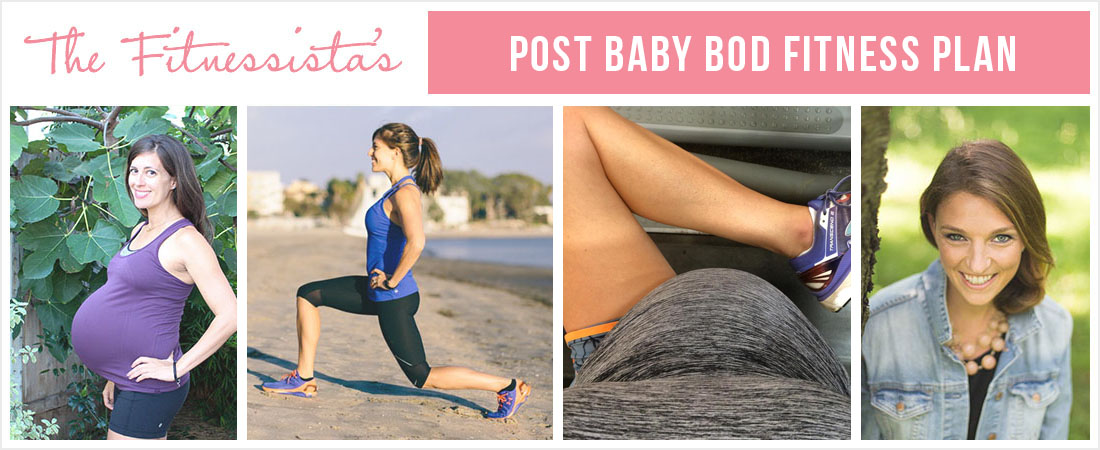Core training during pregnancy
aka tips as you work your way to a reverse six-pack 😉
Core training during pregnancy was something that I was totally clueless about when I became pregnant with Liv. I did as much research as possible, and at the time, was teaching in Tucson at a health/fitness resort (so I had a lot of amazing resources to ask!), and was able to determine a few hard and fast rules for core work during pregnancy. I also have an incredible resource here in San Diego: my good friend Jess, who is a Physical Therapist, Certified Pilates Teacher and group fitness instructor. She also posts workouts on her page, and has her own fitness DVD series. Basically, she’s a rockstar. Thank you, Jess, for collaborating with me on this post!
Some general guidelines for core work during pregnancy:
1) No supine or prone exercises after the first trimester (this is in line with ACOG’s recommendations)
2) Stay away from crunches, or exercises that target the rectus abdominis (your “six pack” muscle)
3) Instead, work on strengthening the deep transverse abdominis through stabilizing exercises like planks (as long as they feel good).
4) Avoid overtaining the obliques. During pregnancy, your abdominal muscles separate to make room for the baby. After the baby is born, they will work to go back to place. If you’re overtraining your obliques, you can essentially train your muscles to pull apart farther. We don’t want these muscles to get insanely strong during pregnancy; wait until after baby is here!
Also, avoid any exercises that make a “cone” shape with the belly. This is excess pressure on the ligaments and separation of the belly, and can potentially lead to Diastasis Recti symptoms following the birth.
Why is core training important during pregnancy?
-It can help prevent back pain. This is critical during pregnancy and afterwards. Late night nursing sessions, carrying the baby, and what I call the “mom reflexes” (<— quickly twisting, squatting, reaching, and doing whatever you need to do to prevent a crisis), are all supported by a strong core. If your core remains strong, it’s less likely to cause back pain as you move through the daily activities. A strong core also helps prevent sciatica, which many pregnant women suffer from.
-It promotes healthy posture. Posture changes during pregnancy, as the center of gravity shifts and you’re walking around with a bowling ball attached to your waist. By training your core, you will more likely be able to safely adjust for your various stages of posture as the baby grows.
-Helps prevent incontinence during and after pregnancy (no peeing when you sneeze) 🙂
-Helps us get through labor and delivery! It’s an athletic event, and the more you keep your fitness levels up, the more endurance and strength you’ll be able to maintain during such a physically grueling event
-Helps us return to pre-pregnancy fitness levels faster after baby comes
The core exercises you can do (pending doctor approval and if you were doing them pre-pregnancy. Pregnancy is not the time to do anything new in your routine):
-Deadlifts (you may need a wider stance)
-Marches (on your back or incline on a bench)
-Planks (modify as needed on your knees)
-Cat/cow
-Spinal balance
Pelvic floor work:
Squat your heart out. Kegels were supposed to be all the rage, until recent research suggested that they could shorten the pelvic floor muscles and causing potential difficulty during birth. Instead, squats are now heralded as a safe and effective way to strengthen your glutes and lengthen the pelvic floor muscles during pregnancy. Because your center of gravity is shifted, stand next to a wall or hold onto a chair for balance if you need it. Go as deeply into the squat as you feel comfortable. My chiropractor told me that deep yoga squats are awesome for the end of pregnancy, as it helps baby get into a good position for birth.
After birth:
This is when it’s a good time to start doing kegels. Ina May Gaskin says you should do kegels the day you give birth!
Ease back into core training and wait until your abs are no longer separated. (Here is a helpful video on checking for diastasis recti and if your abdominal muscles are still separated. If they are, talk to your doc before core training and Physical Therapist for assistance with healing.)
Start with stabilizing work (planks), and move into rectus abdominis and oblique work later.
Most importantly:
Honor your body. It will tell us what it needs, and it’s up to us to listen. If something feels great (and the doc gave you the ok!), keep on doing it. If something starts to feel uncomfortable or wrong, it’s an excellent time to stop and adjust.



Great post! Although there is some info on NOT doing kegels post childbirth. Many women experience pelvic floor tightness and some women’s health PT’s recommend not doing kegels until that is healed. Would love to hear your thoughts! (Here’s an article for reference: http://breakingmuscle.com/womens-fitness/stop-doing-kegels-real-pelvic-floor-advice-for-women-and-men)
i think it’s really important to talk to your doctor or physical therapist and see what they suggest. my women’s health PT said women should start doing them immediately after birth because it can help everything heal IN. she just said it’s important to know how to relax the muscles in between tightening, or yes, it can make the muscles too tight
Would you recommend an exercise ball or a sit up bench for abdominal exessirec?I want to begin doing some work on my abdominals. I was thinking of getting a sit up Bench but I have read on some websites that exercise balls provide a better workout for your abs. Which is most suitable and is best for someone just starting exercise on their abdominals? Thank you